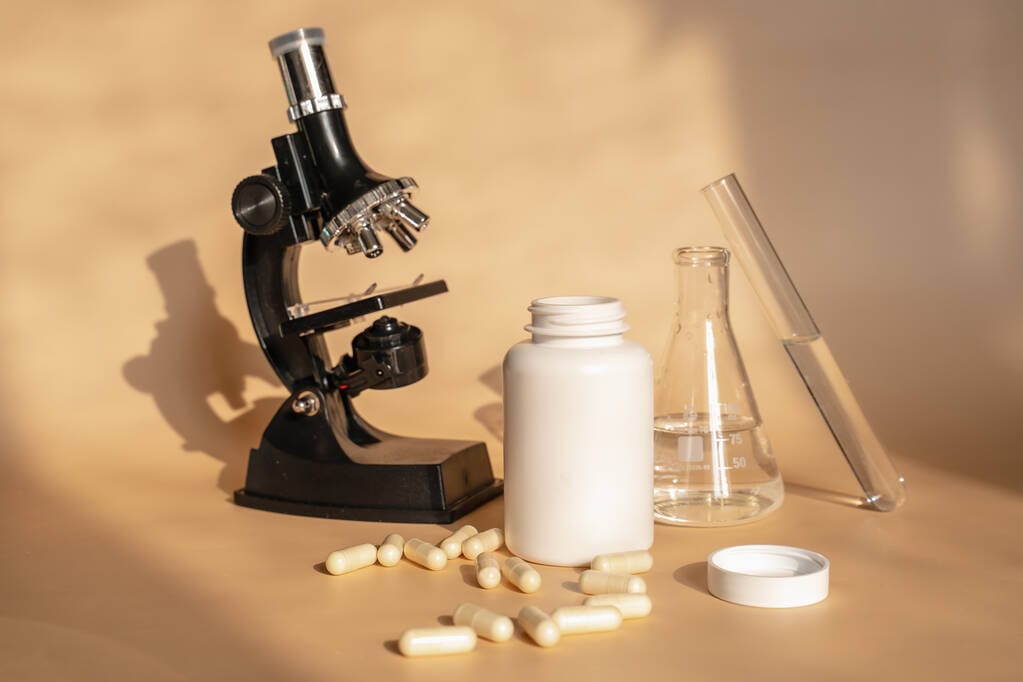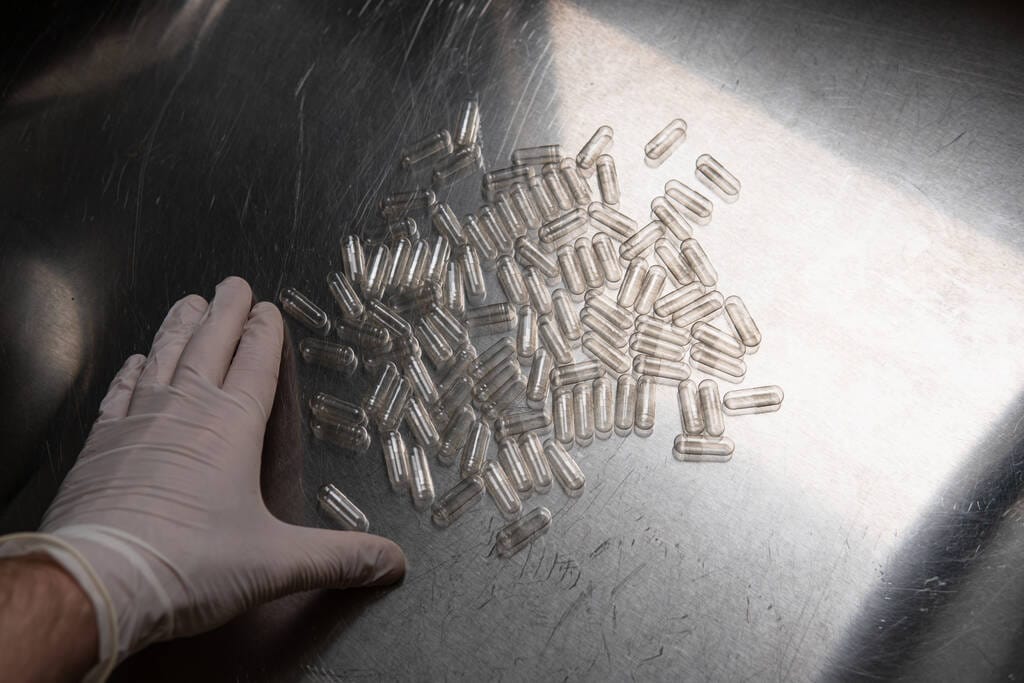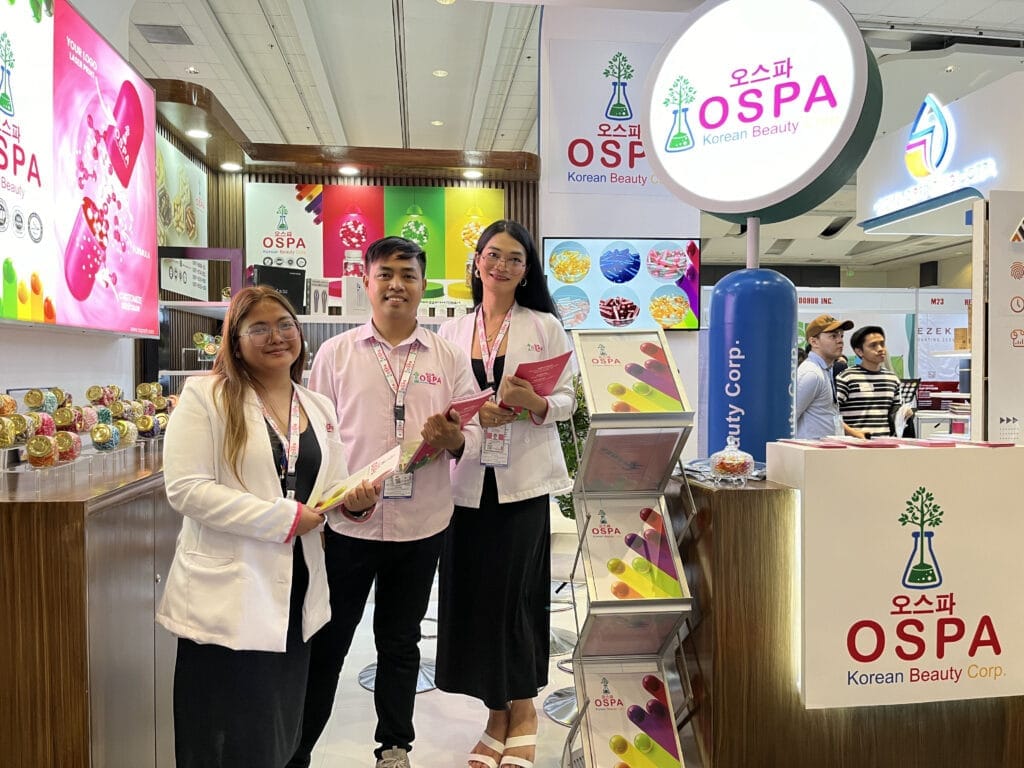The beauty industry in the Philippines is thriving, with more consumers investing in self-care and wellness. This growth has opened doors for entrepreneurs to tap into the market, particularly with beauty capsules. These supplements are increasingly popular due to their convenience and effectiveness. But how do you start? What raw materials in the Philippines are essential? What documents are required? Let’s break it down step by step.
Why Is the Beauty Industry Growing in the Philippines?
The beauty industry in the Philippines has seen remarkable growth in recent years. Social media plays a significant role, influencing people to prioritize skincare and beauty routines. Additionally, a growing middle class means more disposable income for personal care products. Beauty capsules, especially those targeting skin whitening, anti-aging, and overall wellness, are trending because they offer quick and visible results. This rising demand makes it an ideal time to enter the market.

What Raw Materials Are Needed for Beauty Capsules?
The success of beauty capsules depends heavily on the quality of their raw materials. These materials not only determine the effectiveness of the product but also ensure compliance with safety standards. In the Philippines, sourcing high-quality raw materials is a critical step for any startup entering the beauty capsule market. Below is an in-depth look at the essential raw materials needed for manufacturing beauty capsules.
Active Ingredients: The Core of Beauty Capsules
Active ingredients are what make beauty capsules effective. These components target specific concerns such as skin health, anti-aging, or whitening. Common active ingredients used in beauty capsules include:
- Collagen: Known for improving skin elasticity and hydration, collagen is a staple in anti-aging products. Marine collagen, in particular, is highly sought after for its bioavailability.
- Glutathione: This antioxidant is popular for its skin-whitening properties and ability to reduce oxidative stress.
- Vitamins and Minerals: Vitamins C and E are often included for their skin-brightening and protective benefits, while zinc and biotin promote overall skin health.
- Herbal Extracts: Ingredients like turmeric, aloe vera, and calamansi are widely used in the Philippines. Turmeric’s curcumin content provides anti-inflammatory properties, while aloe vera and calamansi are known for their moisturizing and whitening effects.
These active ingredients must be carefully sourced from FDA-compliant suppliers to ensure safety and efficacy.

Capsule Shells: Gelatin or Plant-Based?
The capsule shell is another essential component. It encases the active ingredients and ensures they are delivered effectively to the body. Manufacturers typically use two types of capsule shells:
- Gelatin Capsules: Made from animal byproducts, these are commonly used due to their affordability and availability.
- Plant-Based Capsules: Also known as veggie capsules, these are ideal for vegan or vegetarian markets. They are made from cellulose or other plant-derived materials.
Choosing the right capsule size is crucial during production. A capsule size guide can help manufacturers select the appropriate size based on the dosage and formulation requirements.
Fillers, Binders, and Preservatives
In addition to active ingredients, fillers and binders are used to maintain the structure of the capsule content. Preservatives ensure the product has a longer shelf life without compromising quality. Common fillers include maltodextrin and microcrystalline cellulose, while natural preservatives like vitamin E or rosemary extract are preferred in clean beauty formulations.
Packaging Materials
While not part of the capsule itself, packaging plays a vital role in preserving product quality. High-quality HDPE bottles or blister packs are commonly used to protect capsules from moisture and contamination. Customization options such as printed logos or unique designs can help brands stand out in a competitive market
What Documents Do You Need to Start?
Starting a beauty capsule business requires several legal documents. First, register your business with either the Department of Trade and Industry (DTI) for sole proprietorships or the Securities and Exchange Commission (SEC) for corporations or partnerships. Next, secure local permits such as barangay clearance, mayor’s permit, and a Bureau of Internal Revenue (BIR) tax registration.
For product compliance, you must register your beauty capsules with the Food and Drug Administration (FDA). This involves submitting your product’s formulation, label design, and safety tests. FDA approval ensures your product meets safety standards, building trust with consumers.
How Do You Find Reliable Suppliers and Manufacturers?
Finding reliable suppliers is critical to your success. Look for suppliers who specialize in raw materials for beauty capsules and have certifications proving their quality standards. Many local suppliers in the Philippines offer competitive pricing while adhering to FDA regulations.
When it comes to manufacturing, you have two options: set up your own production facility or outsource to a third-party manufacturer. In-house production gives you full control but requires significant capital investment. Outsourcing is often more cost-effective but requires careful vetting of manufacturers to ensure they meet quality standards.
If you’re unsure where to start, OSPA can connect you with trusted suppliers and manufacturers within its network.
Step-by-Step Guide to Starting Your Beauty Capsule Business
- Research Your Market: Identify your target audience and competitors. Are you focusing on anti-aging capsules or skin-whitening products? Understanding your niche is key.
- Create a Business Plan: Outline your goals, budget, marketing strategy, and expected ROI.
- Source Raw Materials: Partner with FDA-compliant suppliers in the Philippines who can provide high-quality ingredients.
- Secure Permits: Complete all necessary registrations with DTI/SEC, FDA, and local government units.
- Choose Manufacturing Options: Decide between setting up your own facility or outsourcing production.
- Implement Quality Control: Ensure every batch meets safety standards through rigorous testing.
- Develop Packaging: Use a capsule size guide to choose appropriate packaging that appeals to your market.
- Launch Your Product: Use social media platforms and e-commerce sites to reach your audience.

How OSPA Can Help You
OSPA specializes in providing end-to-end support for startups entering the beauty industry in the Philippines. From sourcing raw materials tailored to your needs to assist with FDA compliance, OSPA ensures a smooth process from start to finish.
Our online store offers an easy way to shop for high-quality ingredients without hassle. We also provide guidance on using a capsule size guide so you can select packaging that fits your brand perfectly. Additionally, we connect you with trusted manufacturers who can bring your vision to life.
Tips for Succeeding in the Beauty Market
To stand out in this competitive industry, focus on innovation and transparency. Consumers value unique formulations that deliver results while being safe and eco-friendly. Highlighting where your raw materials come from—especially if they’re sustainably sourced—can give you an edge.
Effective marketing is also essential. Use social media platforms like Instagram or TikTok to showcase before-and-after results of your products. Collaborate with influencers who align with your brand values.
Conclusion
Starting a beauty capsule business in the Philippines is an exciting venture filled with opportunities. By understanding market trends, sourcing high-quality raw materials in the Philippines, securing necessary documents, and partnering with reliable manufacturers, you can create a successful brand that meets consumer needs.
With OSPA’s support—whether through our online store or our network of suppliers—you’ll have everything you need to launch confidently into this growing market. Take that first step today!














